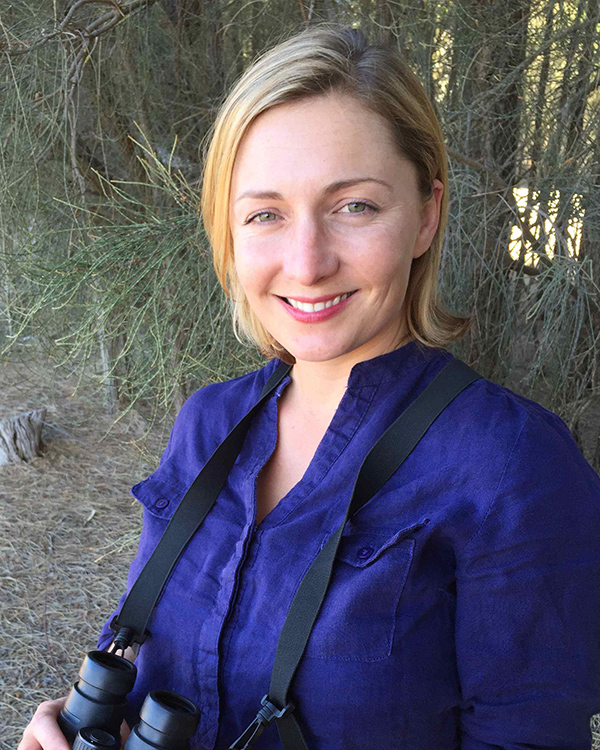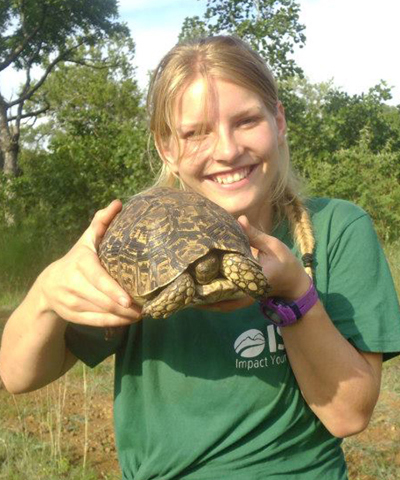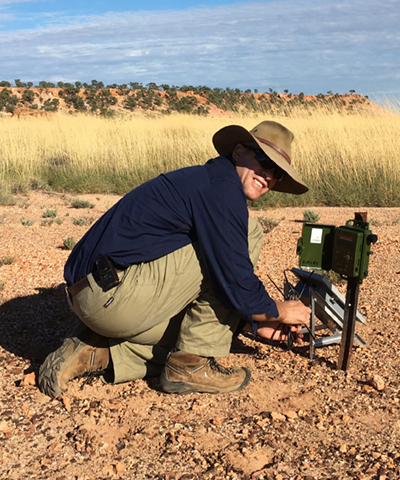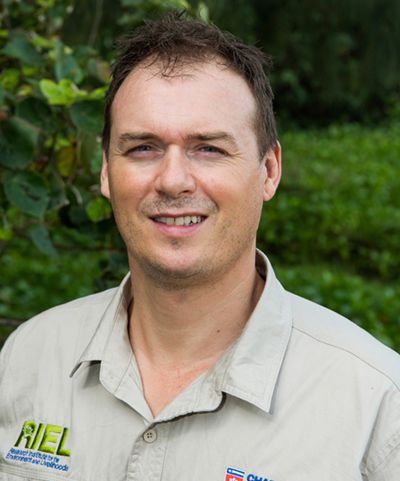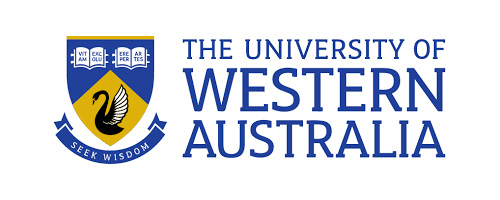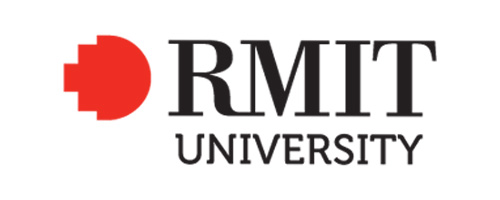
Project: 5.1
Better offsets for threatened species
Project Leaders: Martine Maron , David Pannell , Heini Kujala
Research in Brief
Biodiversity offsetting is increasingly used as a mechanism to compensate unavoidable development impacts on biodiversity. Yet, major knowledge gaps exist in how to calculate both development impacts and offset benefits for biodiversity, particularly for poorly known species and communities.
This large project will develop and test new guidance and protocols for the most challenging aspects of offsetting impacts on threatened species. In particular, we focus on:
- robust estimation of the benefit of habitat protection
- identifying novel and cost-effective offset approaches for species and communities that commonly trigger offset requirements, but for which offsets are particularly challenging
- exploring approaches that can deliver improved benefits through more strategically targeted and coordinated actions.
In combination, this will improve offset benefits to nationally threatened species and ecological communities.
Why is the research needed?
Biodiversity offsets are routinely prescribed as conditions of approval for proposed development that impact on threatened species and ecological communities listed under the Environment Protection and Biodiversity Conservation Act (1999). To properly compensate for these impacts, offsets must deliver a measurable benefit for the affected species and ecological communities.
Offsets are commonly delivered via the legal protection of land, which aim to provide a measurable benefit in the area and quality of habitat protected. However, habitat protection may not be feasible, cost effective or even the most beneficial action for some threatened species and communities. For example, Northern Quolls are primarily threatened by invasive species, including cane toads and feral cats, rather than habitat loss. It is often not clear how to measure the benefit of activities such as predator control, fire management or weed control, and so working out to use these activities as offsets remains difficult.
Another challenge of biodiversity offsetting is that development impacts and offset benefits are calculated on a project-by-project basis. This poses the risk that the combined impacts of many small developments which may collectively imperil the viability of a threatened species are not fully captured and adequately compensated. A more coordinated approach to biodiversity offsetting presents opportunities for improved outcomes through jointly targeted actions. 
Malleefowl may benefit from better biodiversity offsets. Image: Donald Hobern_CC2.0_flickr
How will the research help?
Decision makers rely on rapid and easy access to high-quality information on the costs and benefits of management activities when prescribing offset conditions.
This project will draw upon formal expert elicitation and cost-effectiveness analyses to deliver guidance for new offset approaches and strategies for threatened species and ecological communities.
In particular the research will deliver:
- a review of current offsetting policy and practice to identify unresolved challenges and opportunities for improvement
- guidance on how to estimate the benefit of protecting land as an offset
- an expert elicitation protocol that can be used by stakeholders to inform offset priorities for a broad range of threatened species and ecological communities
- a framework to identify the range of costs incurred by the design, implementation and delivery of offset activities
- a portfolio of actions with known and quantifiable, on-ground benefits for key threatened species and communities, along with estimated costs
- a framework to help decide when innovative threat-abatement offsets are likely to be more cost-effective than a traditional habitat protection offset
- a review of strategic offsetting approaches identifying their benefits and challenges
What research activities are being undertaken?
The project team will:
- Identify which threatened species and ecological communities most commonly trigger controlled action decisions requiring offset requirements under the EPBC Act, and the type of offsets typically used for them
- Develop a framework of indicative costs for different types of offset actions that can inform offset planning
- Review the current state of knowledge of the costs of on-ground offset activities
- Investigate what offset strategies are typically employed for this subset of threatened species and ecological communities
- Undertake targeted expert elicitation with ecological experts to derive estimates of the expected benefits and costs of management actions to inform offset conditions
- Conduct cost-effectiveness analyses to compare the relative merits of traditional habitat protection and alternative threat abatement offsets.
Who is involved?
The research project is being undertaken by researchers from the University of Queensland, University of Melbourne and University of Western Australia and RMIT University, who are working collaboratively with colleagues in State and Commonwealth Government departments, non-government organisations and threatened species recovery teams.
Where is the research happening?
The research is drawing on several case studies which are distributed across Australia, including the Malleefowl, Far Eastern Curlew and Northern Quoll.
When is the research happening?
The project commenced in 2016 and will run until mid 2021.
More Information
For more information please contact:
Dr Megan Evans megan.evans@uq.edu.au
This project involves the following subprojects:
Project 5.1.1 Strategic planning for the far eastern curlew
Top image: Northern Quolls may benefit more from introduced predator control rather than habitat protection. Image: Nicolas Rakotopare
-
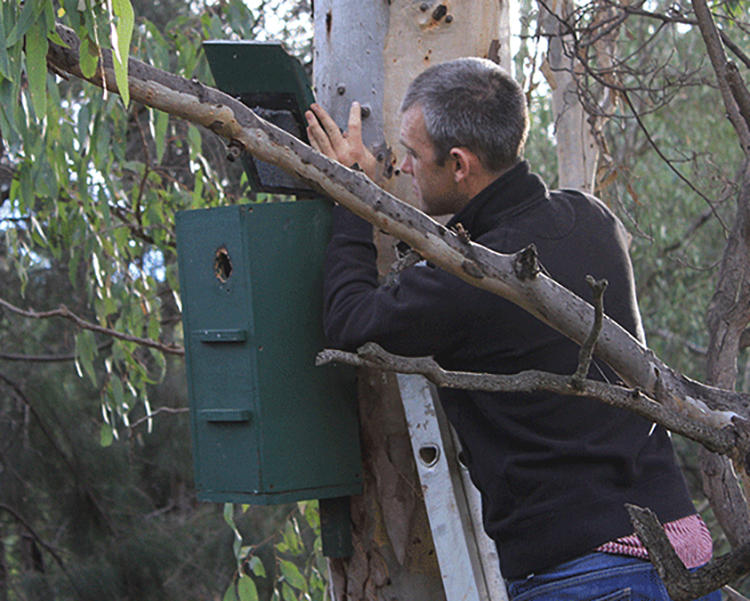
Nest box offset fails to tick the box
Tuesday, 13 February 2018 -

Saving species at the development frontier - Strategic assessment, offsets and no-net-loss
Tuesday, 29 May 2018 -
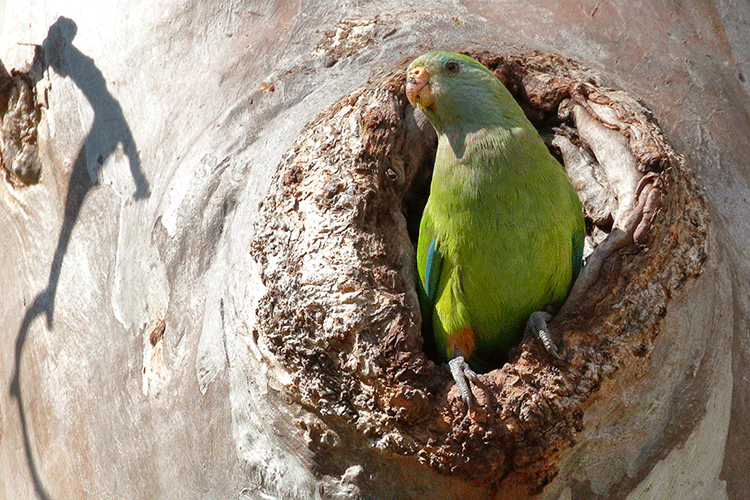
Learning from a failed biodiversity offset
Wednesday, 24 May 2017 -
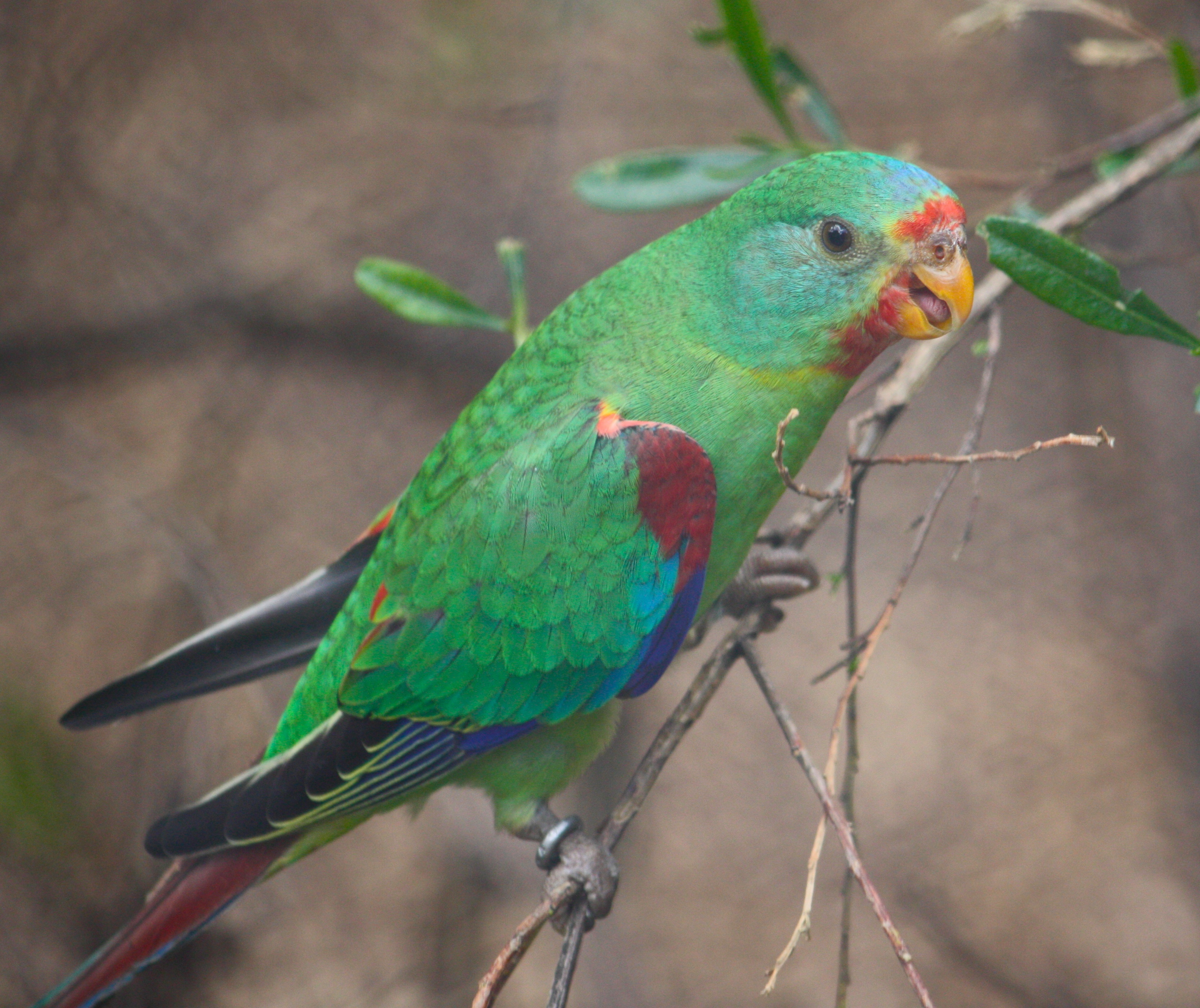
Better offsets for threatened species
Wednesday, 04 May 2016
-

Target based ecological compensation: an approach that aligns compensation with conservation targets
Wednesday, 02 June 2021 -

Introduction to biodiversity offsetting - the basics of what biodiversity offsetting involves
Wednesday, 02 June 2021 -

Why do we offset? – under what circumstances might be consider a biodiversity offset
Wednesday, 02 June 2021 -

What do we offset? – how do we describe and measure biodiversity for the purposes of offsetting
Wednesday, 02 June 2021 -

Calculating losses and gains – how to estimate the amount of gain from an offset
Wednesday, 02 June 2021 -

Uncertainty, time lags and multipliers – adjusting estimates of gain from an offset
Wednesday, 02 June 2021 -

Offset rules – setting constraints and requirements to help make offsets more effective
Wednesday, 02 June 2021 -

Spatially strategic offsets – coordinating offset actions for greater benefits
Wednesday, 02 June 2021 -

Monitoring & evaluation – tracking the performance of individual offsets and offset programs
Wednesday, 02 June 2021
